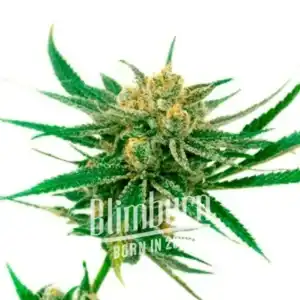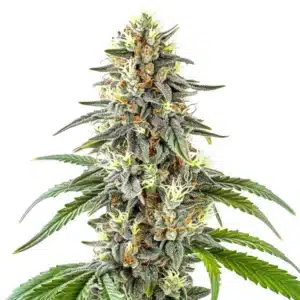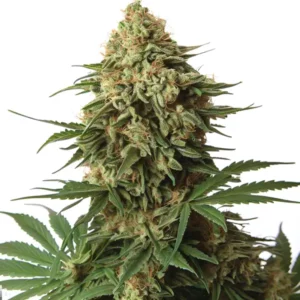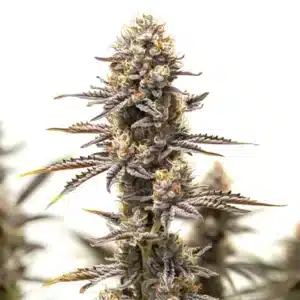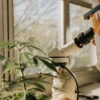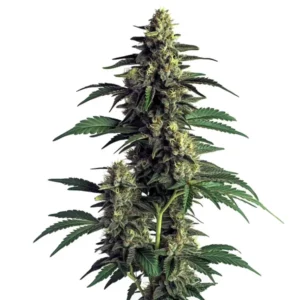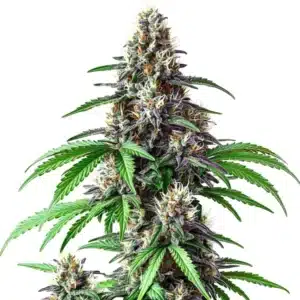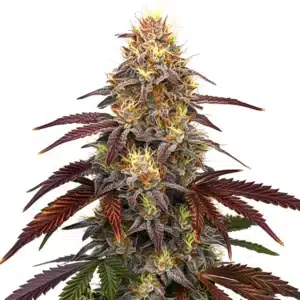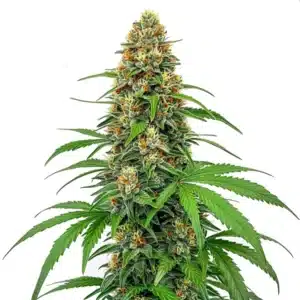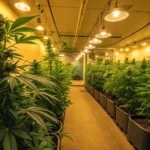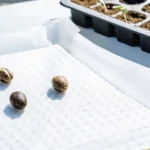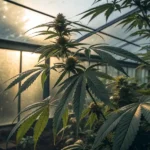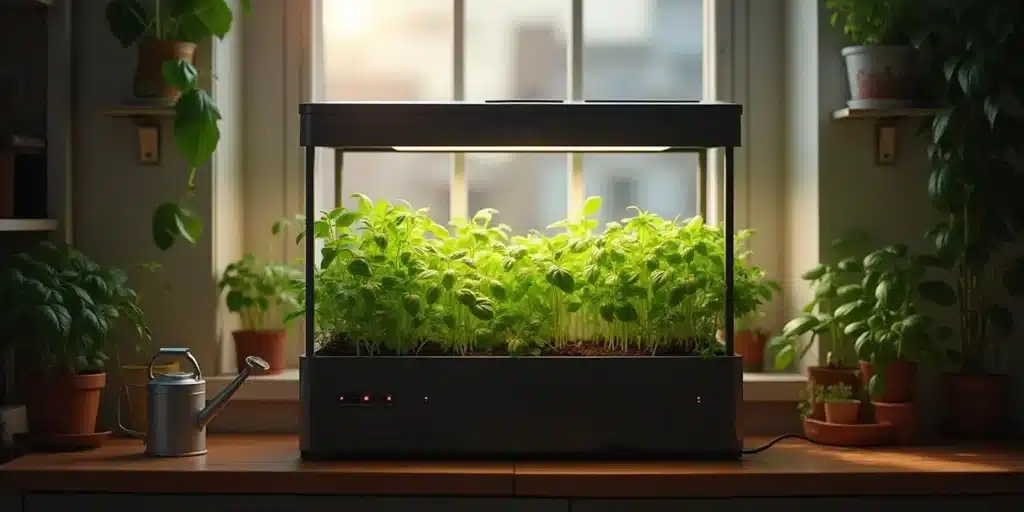
Best Grow Box for Beginners
Growing plants indoors has become increasingly popular, especially for those who wish to cultivate various plants at home. For beginners, the right tools can make a significant difference in the gardening experience. One of the best investments is a grow box designed specifically for novice gardeners.
What is a Grow Box?
A grow box is a self-contained environment designed to facilitate indoor gardening. It provides all necessary elements for plants to thrive, such as proper lighting, temperature control, and ventilation. For those new to gardening, using a grow box simplifies many of the challenges associated with starting from scratch.
Recommended Strains
White Amnesia
|
|
THC | 18% - 22% (Medium) |
|
|
Type | Feminized |
|
|
Yield | High |
|
|
Phenotype | 30% Indica / 70% Sativa |
White Fire OG
|
|
THC | 24% - 28% (High) |
|
|
Type | Feminized |
|
|
Yield | High |
|
|
Phenotype | 50% Indica / 50% Sativa |
These boxes come in various sizes and designs. Some are compact and fit easily in a closet or small room, while others can accommodate larger plants or multiple growth cycles. By selecting the right box, beginners can foster a healthy growing space without overwhelming themselves.
Key Features to Look For
- Size: Choose a grow box that fits your available space and intended plant size. Compact boxes are excellent for small plants, while larger models are suitable for more extensive growth.
- Lighting: Look for boxes equipped with LED or fluorescent lights. These lighting systems are energy-efficient and provide the spectrum of light plants need for growth.
- Ventilation: Good airflow prevents mold and ensures plants receive fresh air for photosynthesis. Many grow boxes come with built-in fans or ventilation openings.
- Temperature Control: Maintaining the right temperature is vital for healthy plants. Some grow boxes feature integrated thermostats, ensuring optimal conditions.
- Easiness to Monitor: Choose a box with transparent viewing windows or easy access, allowing you to check on your plants without disturbing them.
By understanding these key features, you can make a more confident decision when selecting a grow box. Whether you’re harnessing your green thumb for herbs, veggies, or decorative plants, ensuring these elements are in check can greatly enhance your success rate. Many beginners find that investing in a quality box from the start streamlines their gardening journey.
Additionally, don’t forget to research user reviews and recommendations. Tips from other beginner gardeners can provide unique insights into what works best for a novice, and you might discover features that you hadn’t initially considered essential.
Promos & Deals
Benefits of Using a Grow Box
Grow boxes offer several advantages for beginners. Using a dedicated space reduces stress associated with maintaining an ideal environment for plants. Instead of dealing with unpredictable outdoor conditions, a grow box allows for consistency. With all the controls at your fingertips, nurturing plants becomes an enjoyable experience rather than a complicated chore.
Another benefit is organization. With all essential tools and supplies contained within a single unit, finding what you need becomes easier. This simplicity can help ease a novice gardener’s anxiety when starting a new project. There’s something immensely satisfying about keeping your gardening space tidy and functional.
Three Excellent Grow Boxes for Beginners
- The Herbalife Grow Box: This model is compact and perfect for novices. With LED lighting and a manageable size, it supports the growth of various herbs and small plants, making it a great starting point.
- The GreenThumb Indoor Growing System: A slightly larger option, this grow box features hydroponic technology. Beginners will appreciate its ease of use and effective growth patterns, ensuring a rewarding gardening experience.
- The HydroGarden 200: This model includes advanced lighting and ventilation systems, allowing you to grow several plants simultaneously. Its size and features cater to both new and more experienced growers, providing flexibility as your skills advance.
When choosing among grow boxes, it’s essential to reflect on your gardening goals. Think about the types of plants you wish to cultivate and how much time you want to invest in nurturing them. Taking time to tailor your choice will lead to a much more enjoyable experience.
Lastly, don’t hesitate to seek out community forums or local gardening clubs. Connecting with other enthusiasts can yield advice along the way and make the journey even more fulfilling.
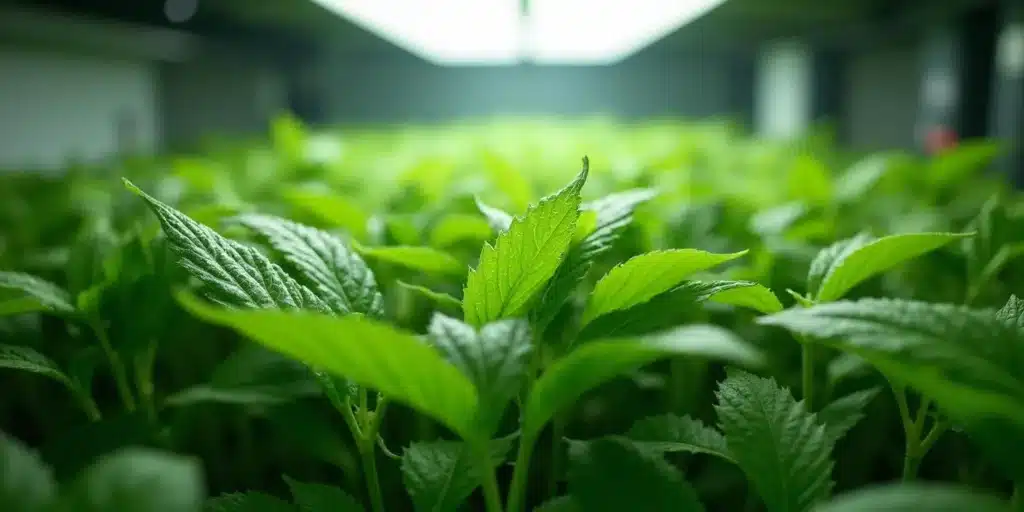
Choosing the Right Strains
When selecting plant strains, beginners should consider options that are easy to grow and forgiving of mistakes. Certain strains are known for their resilience and adaptability, making them ideal for first-time gardeners. This knowledge can mitigate some of the worries that come with starting your first cultivation project.
Here are three strains available at trusted garden supply stores that are well-suited for beginner gardeners:
- White Widow: This strain is known for its balanced effects and unique flavor profile, making it suitable for both novices and experienced users. Its robust nature makes it forgiving for those learning the ropes.
- Blue Dream: Celebrated for its high yield and resistance to pests, Blue Dream is an excellent choice for newbie gardeners. Its balanced effects provide a pleasant experience, allowing for enjoyment without overwhelming challenges.
- Northern Lights: A classic strain, Northern Lights is favored for its disease resistance and manageable growth size. This strain delivers a relaxing experience, making it excellent for unwinding after a long day.
As you identify the strains that appeal to you, consider keeping a garden journal. Documenting your plant growth and experiences can help you refine your techniques and track progress over time. Also, be sure to communicate with local nursery staff or online forums for further strain recommendations!
Choosing the right strain can significantly influence your gardening success. As you grow and gain confidence, you might want to experiment with different, more challenging varieties to broaden your gardening horizons.
Common Challenges and Solutions
Every gardener faces challenges, especially when first starting. Understanding potential obstacles and how to address them is vital for success. Here are some common issues beginners might encounter in their indoor gardening journey, along with practical solutions to tackle them head-on.
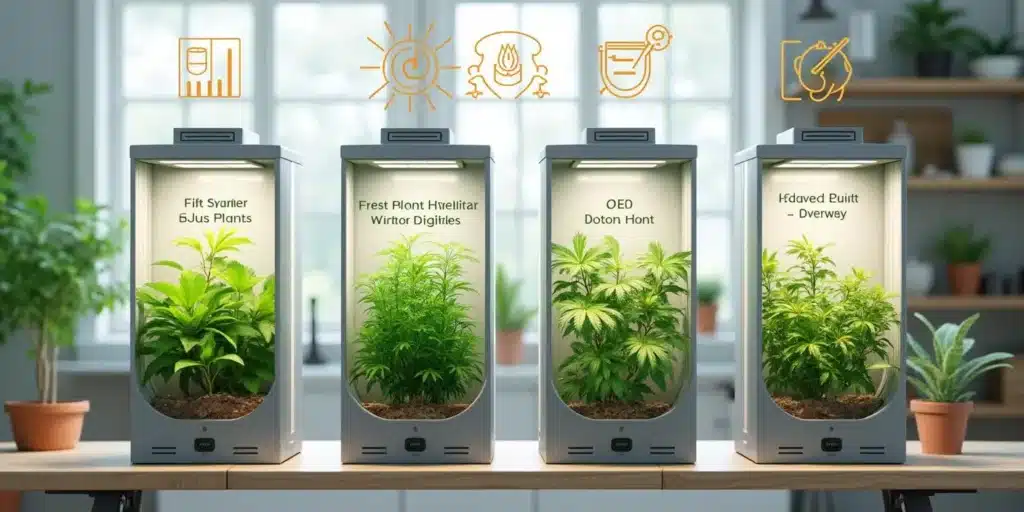
Pest Control
Pests can quickly become a nuisance. If you notice unwanted visitors, such as aphids or spider mites, staying calm is essential. There are many organic solutions available, the use of insecticidal soap and neem oil can effectively manage minor infestations without harming your plants. In fact, these eco-friendly methods contribute to a sustainable gardening practice.
A preventive approach can also work wonders. Regular inspection of your plants and maintaining cleanliness in your grow box helps decrease the risk of pest problems down the line. Establish a routine check for any unusual signs; early detection can save you considerable trouble.
Nutrient Deficiencies
Another issue is nutrient deficiencies that can significantly affect plant growth. New gardeners might not know when to fertilize or what types of nutrients their plants require. To combat this, using a balanced nutrient solution specifically designed for the types of plants you’re growing is wise. Following a feeding schedule can simplify this process and enhance your plants’ health.
Monitoring your plants closely can also help catch issues before they become severe. Yellowing leaves, stunted growth, and unusual discoloration may indicate nutrient deficiencies. Familiarizing yourself with common signs ensures that you remain vigilant and ready for timely intervention.
Maintaining Your Grow Box
Proper maintenance of your grow box is key to achieving successful results. Regularly checking environmental conditions like temperature and humidity ensures your plants thrive. The ideal range for many indoor plants is a temperature of around 70-85°F during the day and 58-70°F at night. Don’t forget to invest in a reliable thermometer and hygrometer to accurately track these conditions.
Cleaning your grow box routinely helps prevent diseases and pests. Remove dead leaves and debris promptly, as leaving organic matter in the box can encourage unwanted growth and pests. Keeping a tidy environment creates a better growing atmosphere for your plants, promoting overall health.
Watering Correctly
Watering is one of the most critical aspects of growing successfully. Overwatering or underwatering can easily damage plants. A good rule of thumb is to allow the top inch of soil to dry out before watering again. This practice helps promote healthier root systems and ensures plants have the water they need without drowning.
If unsure, consider using a moisture meter to assess the soil’s wetness. These simple devices provide a clear readout, making it easier to determine how much water your plants require. Cultivating a habit of checking soil moisture will foster more attentive plant care over time.
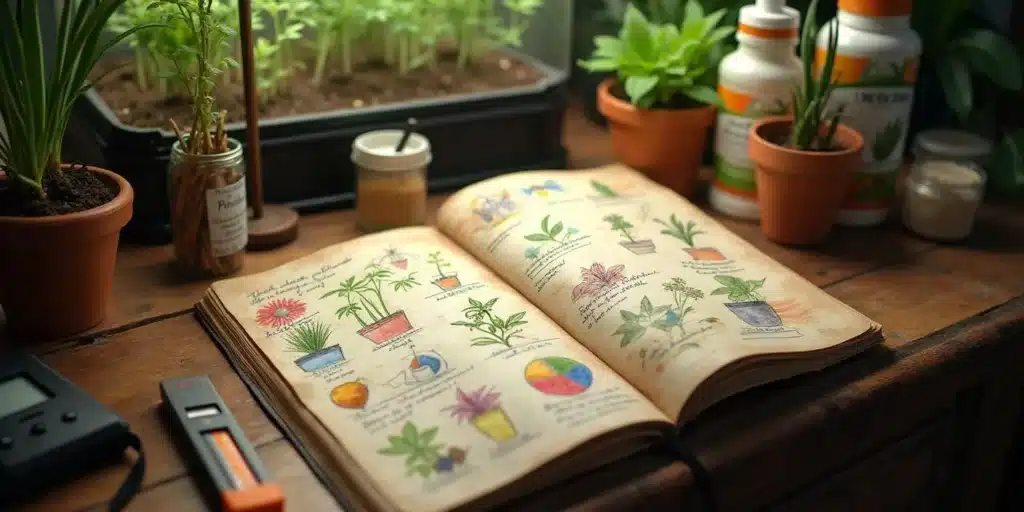
FAQs
Can I grow plants indoors without a grow box?
Yes, you can grow plants without a grow box, but using one provides a controlled environment that maximizes growth potential. A grow box offers features that make indoor gardening easier, especially for beginners, allowing for greater success.
How much light do my plants need?
Plants typically require 12-18 hours of light per day, depending on the growth stage. Providing appropriate light during the vegetative stage encourages strong growth, while a period of darkness during the flowering phase is essential for proper budding.
What is the best soil to use in a grow box?
A well-draining potting soil mix that contains organic matter, peat, and perlite works well for most indoor plants. This kind of mix ensures proper drainage while providing essential nutrients for plant growth, creating optimal conditions for success.
How often should I check on my plants?
Given the importance of monitoring your plants, checking on them daily is advisable. Regular inspections can help detect early signs of pests or deficiencies, making it easier to address issues before they escalate. Noting any changes daily fosters better care overall.


